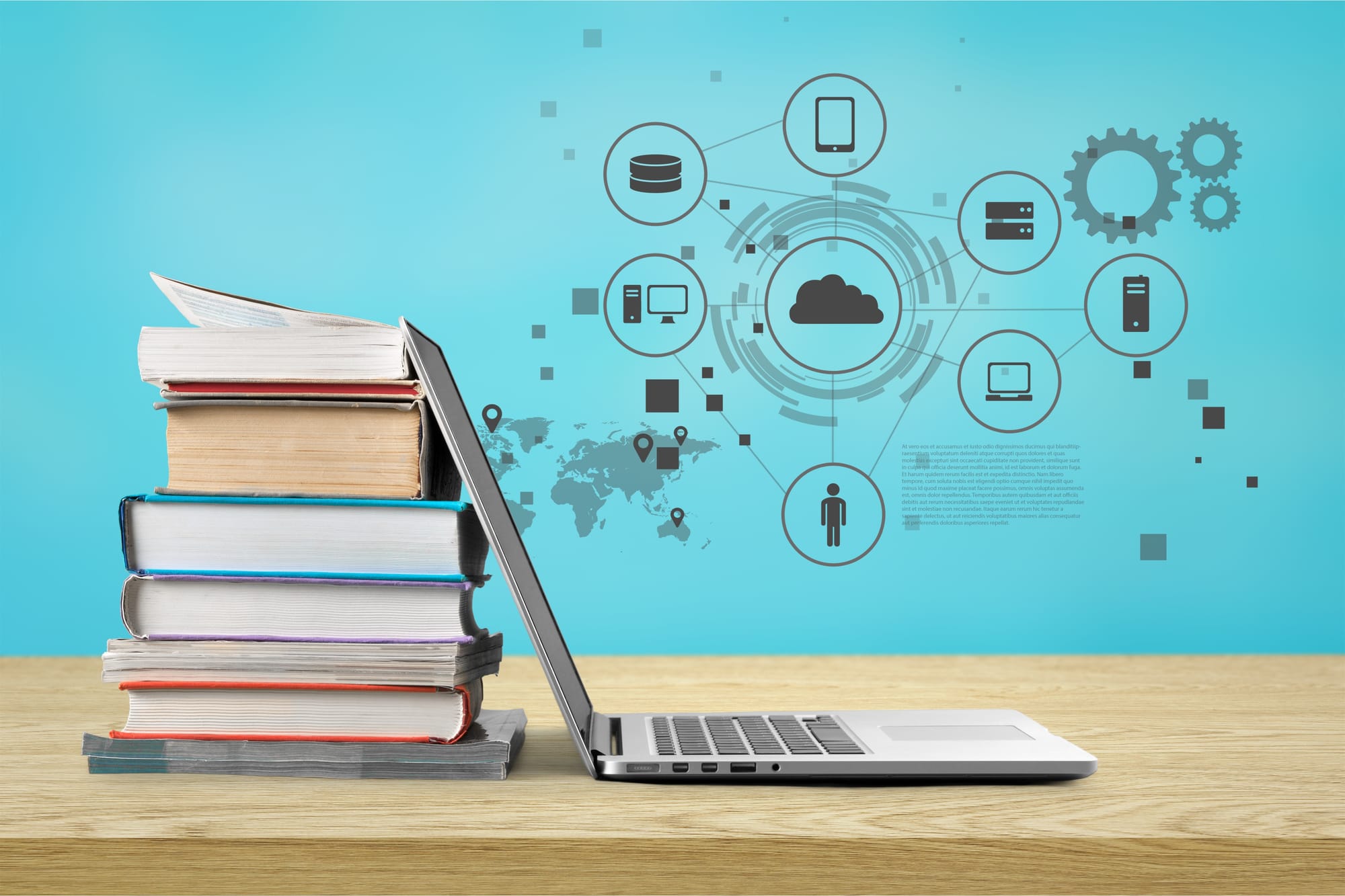The Digital Divide In Education

The digital divide is a prevalent issue of inequality in access to technology, internet or digital literacy in India. It is usually brought out between different socio-economic or geographic groups; majorly between urban-rural areas in India due to the staggering polarity between the lifestyle the population in either have.
It is noted by an observation study done in 2024 that out of India’s over 1.5 million schools, only 57% have working computers and 54% have access to the internet. To further dissect, a significantly greater number of schools in urban areas of India have access to digital resources, at 48%, when compared to rural areas, at 18%. This stems from the clear budget allocation disparity by the educational sectors of the government and the basic principle of profits for private schools.
There are only 3 states in India that have access to digital resources in all their schools, namely Delhi, Puducherry and Chandigarh while states like Bihar, Karnataka and West Bengal have lower than 20% of their schools with the same.
This divide was particularly evident during the covid-19 pandemic when students were forced to study through online services, and due to the lack of cellular connectivity of many children, they failed to get the quality education they deserve, if any. Moreover, students without smartphones or computers are not able to gather pertinent and necessary information and resources required for their schooling, which can cause them to fall behind and attain lower scores. While not required for primary school, secondary and college level courses have become more dependent on internet because of their use of Learning Management Systems for vital parts of the classes.
A firm grip on computers and technology is essential to attain job prospects in most fields making up for 7% of India’s employment; a number that is sure to grow majorly. Hence, it is important for children to receive ICT (information, communication and technology) lessons in school to have the same opportunity to make a stable income in the future. For that tutors need to be educated in these topics as well for which the government of India has come up with a app to help lift these teachers up through resource material and courses for them to learn about ICT and more. This app is called the TeacherApp and has become a success and is paving the way for teacher and students into the 21st century. The government also plans to incorporate AI learning to make education more intuitive and cost effective via “using AI for teacher development and student tutoring.”
-Stuti Desai